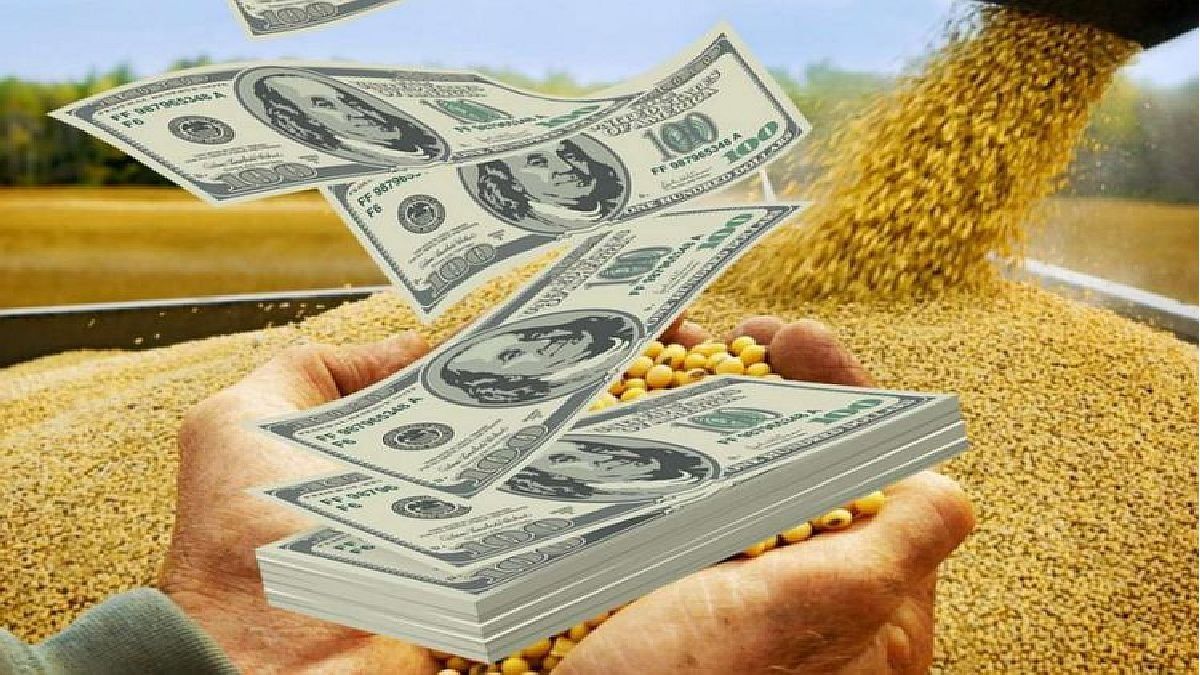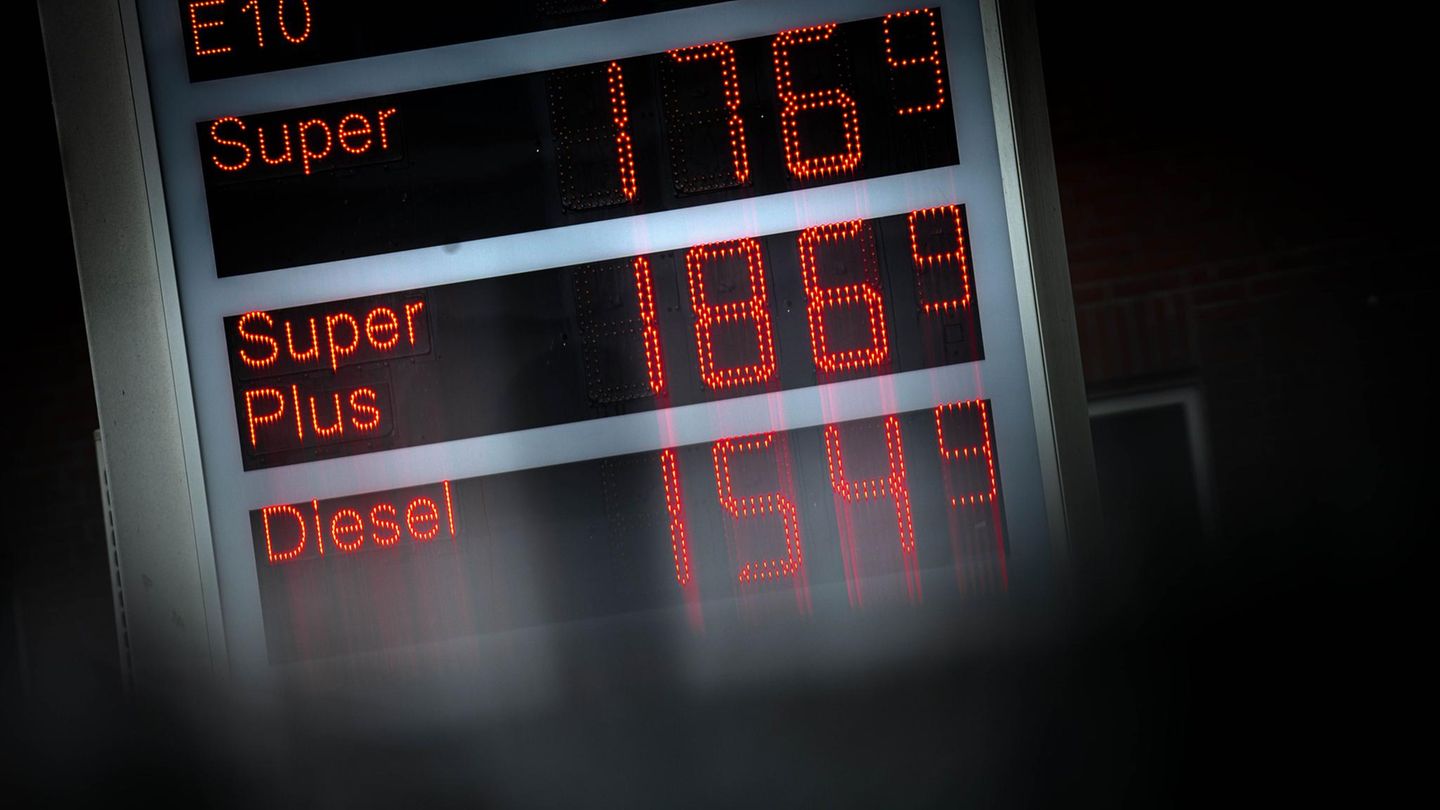Meanwhile, the average value received by the agricultural producer in the first days of the implementation of the measure was around $71,000, although as the weeks went by and due to the flood of sales, it was reduced to $67,000 on average. Another key point is that, despite the controversy generated by the BCRA measure that restricts access to financial dollars by companies that sold grains with the benefit of the soybean dollar, marketing did not stop at any time, beyond the darkest predictions of some economists and industry leaders, and daily sales held at an average of 450,000 tons.
Despite the express request of exporters and collectors, the Government officially confirmed that the soybean dollar ends this Friday and that it will give way to other sectors that generate genuine foreign exchange, such as the knowledge economy and mining, since at this time some type of foreign exchange incentive is being studied so that more foreign currency enters from both sectors.
soybean.jpg
The soybean dollar, or rather the differential exchange rate, was the first measure launched by the Government for the field that obtained the desired result.
Another small success that Minister Massa scored is that he was the first official to launch a direct benefit to the countryside that finally fulfilled and exceeded what was projected, that is, more dollars came in. In October 2020, in the midst of a pandemic, the former Minister of Economy, Martín Guzmán, ordered a temporary and staggered reduction in soybean withholdings, but the truth is that the producers did not sell more grain. At that time, the low international prices played against the Government, in a context of lower stocks of the oilseed and with the next campaign practically underway and planned.
Back in time in August of this year, the BCRA launched the 70/30 scheme through which producers who sold soybeans could convert 30% of the proceeds to the value of the savings dollar. A scheme that did not convince the sector and only about 200 operations were carried out and only one bank formally operated with this mechanism.
Regarding what follows from now on, logically in October and November a more than considerable drop in foreign currency income from agriculture is expected. Next month only US$1.5 billion would enter and in November another US$1.5 billion. As of December, the dollars from the wheat harvest would enter, but the truth is that the drought is putting this crop in check and a drop of more than 3 million tons of the exportable balance is already projected. That is why in the Government they study the steps to follow and how to take care of the dollars they managed to get.
Source: Ambito
David William is a talented author who has made a name for himself in the world of writing. He is a professional author who writes on a wide range of topics, from general interest to opinion news. David is currently working as a writer at 24 hours worlds where he brings his unique perspective and in-depth research to his articles, making them both informative and engaging.




